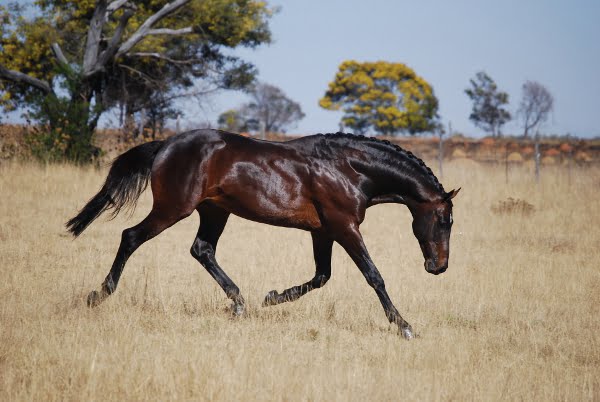
[dropcap]E[/dropcap]very horse and rider combination has their own conformation challenges. Perfection doesn’t exist – it’s how our ponies learn to use their bodies that counts.
In this article, we do generalise – there is always the exception to every rule – so this is merely a guide to training that can be adapted as needed.

When schooling we always hear about riding our ponies ‘on the bit and over the back’. In this series we discuss how different conformation can help or hinder this work. All the exercises can be used for different conformation types. A good guide is that if your pony finds something difficult, then it is probably something that can be gently worked at until he is strong enough to do it easily and relaxed.
Long in the back
Generally long-backed horses can start out weaker and sometimes because of this are stiffer and on the forehand.
Transitions: Transitions within a pace and between paces help to re-establish balance (prevent diving on the forehand), develop engagement of the hind leg, and in doing so strengthen the back, particularly the lumbar area.
Pole work: Using poles, whether raised or flat, on straight lines or on circles, is hugely beneficial provided you can keep your horse relaxed and with his back rounded as you go over them.
Playing games such as trotting in towards walking poles, riding a transition to walk, walking over the poles and then going back into trot, combines transitions and pole work. It helps to keep life interesting and can be done at walk, trot and canter – your imagination is the limit.
Short-backed, close-coupled horses
Horses with short backs appear to find work easier but often don’t use their backs correctly. They can be stiffer and they can find lateral work difficult.
Pole work: As stated above, this strengthens but also supples and ‘elasticises’ the lumbar and sacroiliac area.
Lateral work: Leg yields can be ridden on straight lines and on circles. Start at the walk and make sure that your horse remains relaxed over the topline and regular in his rhythm. You can start the leg yields gradually on straight lines and circles and increase the steepness as you become more proficient.
Hill work: Pushing up hills, not pulling with the shoulders, benefits all horses as a strengthening exercise. Short-backed horses often do well performing a slow working trot, relaxed in their topline, coming downhill. You’ll know when you have it – you can feel their entire hind leg relax and step under the body.
Text & Photography: Mandy Schroder, DressageAfrica

